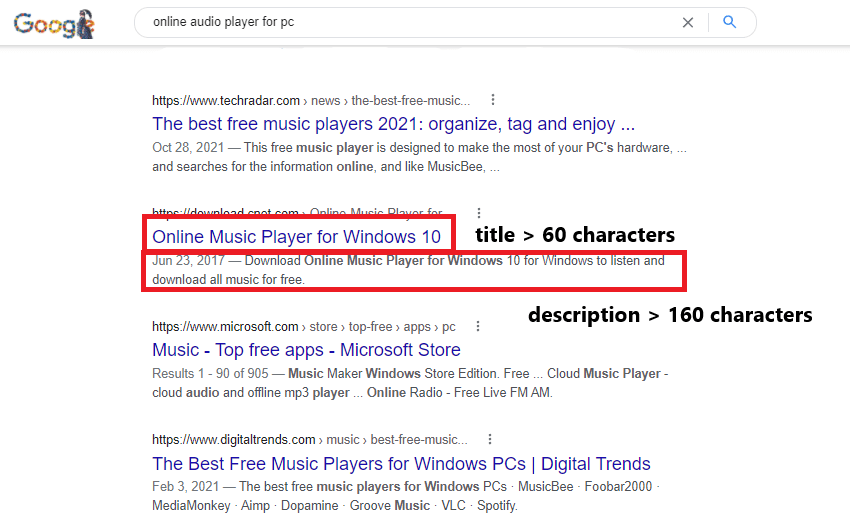
In the ever-evolving world of SEO, one of the most critical factors that search engines like Google use to determine the quality and relevance of content is user behavior signals. These signals—such as click-through rate (CTR), dwell time, and bounce rate—provide valuable insights into how users interact with your website after clicking on a search result.
While these metrics aren’t direct ranking factors in the traditional sense, they play a pivotal role in shaping how search engines evaluate content quality. For businesses in the United States and beyond, optimizing for these signals can significantly improve visibility, engagement, and ultimately, rankings.
In this article, we’ll explore what behavior signals are, why they matter, and how you can effectively optimize them to boost your SEO performance.
What Are Behavior Signals and Why They Matter
Behavior signals are data points that reflect how users engage with your website after clicking from a search engine. These include:
- Click-Through Rate (CTR): The percentage of users who click on your link after seeing it in search results.
- Dwell Time: The amount of time a user spends on your page before returning to the search results.
- Bounce Rate: The percentage of users who leave your site after viewing only one page.
These signals help search engines like Google assess whether your content is relevant, useful, and aligned with user intent. While Google has never officially confirmed that these are direct ranking factors, they’ve hinted at their importance in various statements and patents.
According to a 2023 report by Backlinko, the top organic result on Google receives about 27.6% of all clicks, while the tenth position gets just 2.5%. This highlights the importance of improving CTR through compelling titles and meta descriptions.
Moreover, dwell time is often seen as a proxy for content quality. A longer dwell time suggests that users found the information they were looking for, which can indirectly influence rankings.
How Behavior Signals Impact SEO Performance
Although behavior signals aren’t directly used in Google’s algorithm, they serve as indirect ranking factors that influence how well your content performs in search results. Here’s how each signal affects SEO:
1. Click-Through Rate (CTR)
A high CTR indicates that your content is relevant and appealing to users. It also creates a feedback loop: more clicks lead to more engagement, which can improve your rankings over time.
Why it matters: Even if CTR isn’t a direct ranking factor, it can signal to Google that your content is worth showing to more users.
2. Dwell Time
Dwell time measures how long users stay on your page before returning to the search results. A longer dwell time suggests that users find your content helpful and engaging.
Why it matters: Search engines use this metric to determine whether your content meets user expectations. If users quickly bounce back, it may indicate that your content is not relevant or useful.
3. Bounce Rate
Bounce rate reflects how many users leave your site after viewing only one page. While Google has stated that bounce rate isn’t a direct ranking factor, a high bounce rate can still signal poor user experience or mismatched content.
Why it matters: A high bounce rate might suggest that your content doesn’t align with user intent or that your site is difficult to navigate.
Step-by-Step Implementation Framework
To optimize for behavior signals, follow this structured approach:
1. Define or Audit the Current Situation
Start by analyzing your current performance using tools like Google Analytics, Search Console, and SEMrush. Look at your CTR, bounce rate, and average session duration to identify areas for improvement.
Action Steps:
– Check your CTR in Google Search Console.
– Analyze bounce rates in Google Analytics.
– Use heatmaps (e.g., Hotjar) to understand how users interact with your pages.
2. Apply Tools, Methods, or Tactics
Once you have baseline data, implement strategies to improve your behavior signals.
Key Strategies:
– Improve Titles and Meta Descriptions: Write compelling, keyword-rich snippets that entice users to click.
– Optimize Content Quality: Ensure your content answers the user’s query thoroughly and provides value.
– Enhance User Experience (UX): Improve page speed, mobile responsiveness, and navigation to reduce bounce rates.
– Use Visuals and Internal Links: Add images, videos, and internal links to keep users engaged and encourage deeper exploration.
3. Measure, Analyze, and Optimize
Continuously track your progress using analytics tools. Monitor changes in CTR, dwell time, and bounce rate, and refine your strategies based on what works.
Tools to Use:
– Google Analytics for tracking user behavior.
– Ahrefs or SEMrush for keyword and competitor analysis.
– Hotjar for heatmaps and user feedback.
Real or Hypothetical Case Study
Let’s take a look at a hypothetical example of a U.S.-based e-commerce brand that optimized its behavior signals.
Scenario:
An online clothing retailer noticed that their product pages had a low CTR and high bounce rate. They decided to revamp their meta descriptions and add more visuals to their product listings.
Results:
– CTR increased by 25% within two months.
– Dwell time improved by 18%.
– Bounce rate dropped by 12%.
– Organic traffic grew by 30% over six months.
This case study demonstrates how focusing on behavior signals can lead to measurable improvements in both user engagement and search visibility.
Tools and Techniques for Behavior Signal Optimization
Here are some of the most effective tools and techniques to help you optimize for behavior signals:
- Ahrefs – For keyword research and competitor analysis.
- SEMrush – To analyze CTR and optimize meta tags.
- Google Analytics – For tracking user behavior and engagement metrics.
- Hotjar – To visualize how users interact with your site.
- Google PageSpeed Insights – To improve load times and user experience.
- Yoast SEO – For on-page optimization and content quality checks.
Each of these tools helps you gather insights and make data-driven decisions to improve your behavior signals.
Future Trends and AI Implications
As AI continues to shape the future of search, behavior signals will become even more important. With the rise of Search Generative Experience (SGE) and voice search, search engines will rely more heavily on user interaction data to deliver personalized and relevant results.
AI-powered systems like Google’s SGE will likely prioritize content that keeps users engaged and satisfied. This means that businesses must focus on creating high-quality, interactive, and user-centric content to remain competitive.
Actionable Insight:
Start preparing for AI-driven search by optimizing for user satisfaction. Focus on delivering value, building trust, and encouraging meaningful interactions with your audience.
Key Takeaways
- Behavior signals like CTR, dwell time, and bounce rate are not direct ranking factors but play a crucial role in SEO success.
- High CTR indicates relevance, long dwell time reflects content quality, and low bounce rate shows good user experience.
- Optimizing for behavior signals means focusing on user intent, content quality, and overall experience.
- Tools like Google Analytics, SEMrush, and Hotjar can help you measure and improve these signals.
- As AI and voice search evolve, behavior signals will become even more important for SEO.
Meta Title: How to Optimize for Behavior Signals: Boost CTR and Dwell Time for Better SEO
Meta Description: Learn how to improve CTR, dwell time, and bounce rate to boost your SEO performance and enhance user engagement.
SEO Tags (5): behavior signals, CTR optimization, dwell time, SEO strategies, user engagement
Internal Link Suggestions: Parameter #5: Core Web Vitals, Parameter #8: E-E-A-T and Content Quality, Parameter #12: Technical SEO Best Practices
External Source Suggestions:
– Backlinko – Google CTR Stats
– Moz – What are Search Behavior Metrics?
– Google Developers – Core Web Vitals & Page Experience
![]()








